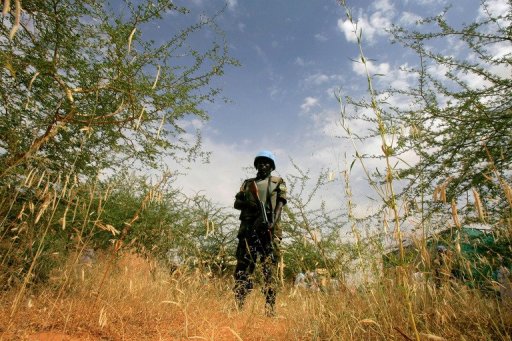SAINTHIA: A speeding express rammed into the back of a stationary passenger train in eastern India on Monday, killing more than 60 people and leaving 165 injured, many of them in critical condition.
The standing train was waiting to leave Sainthia station in Birbhum district, 260 kilometers (160 miles) north of the West Bengal state capital Kolkata, when the express slammed into its rear in the early hours of Monday.
The force of the impact lifted one wagon clear off the tracks and left it mounted on an overhead passenger bridge.
Bodies and injured travelers were pulled from the crumpled mass of steel by emergency services and by members of a huge crowd of onlookers who had gathered around the site of the accident.
Railways Minister Mamata Banerjee refused to rule out the possibility of sabotage, but West Bengal Civil Defense Minister Srikumar Mukherjee said there was no evidence of any foul play.
"It’s not an act of sabotage. The tragic accident took place because of negligence on the part of the railway administration," Mukherjee said from the crash site.
He said a total of 61 people had been killed and 165 injured, 89 of them seriously.
The number of victims overwhelmed local hospitals in Sainthia and Suri, another local town.
"There were injured passengers writhing in pain on the floor of the emergency room unattended," Samir Nandy, who had come to look for his brother-in-law, told AFP.
It was the second train disaster in West Bengal in less than two months.
In May, nearly 150 people were killed when a Mumbai-bound high-speed passenger express from Kolkata veered off the tracks into the path of an oncoming freight train.
Police officials said a section of the track had been deliberately removed and blamed Maoist rebels active in the state.
At the moment of impact on Monday, passengers recounted experiencing a shuddering smash before panic broke out.
"I was fast asleep on the top berth when there was this huge crash like an explosion," one passenger told the Times Now news channel. "I was flung from the berth, and then people started shouting."
Another survivor, Rajni Dhar, said she heard a loud bang and then blacked out.
"When I regained consciousness, I screamed for help and was pulled out of the train compartment," she said.
Most of the dead were in the rear "unreserved" carriages, the cheapest area of the train which is usually tightly packed.
Banerjee announced compensation of 500,000 rupees ($10,500) for the families of the dead and 100,000 rupees for the injured.
Heavy lifting equipment was rushed to the scene, as well as soldiers and paramilitary forces, who helped maintain order and assist with the rescue operations.
The state-run railway system — still the main form of long-distance travel in India despite fierce competition from new private airlines — carries 18.5 million people daily.
There are hundreds of accidents on the railways every year, although the past five years have witnessed a marked decline in serious crashes.
In 2002, 100 people were killed and 150 hurt when a carriage plunged into a river in the northeastern state of Bihar, while in 1995 more than 300 died in a collision near Ferozabad, close to the Taj Mahal city of Agra.
The worst accident was in 1981 when a train plunged into a river in the eastern state of Bihar, killing an estimated 800 people.
Š Θ
Θ
#

#
Indian rescue personnel work at the site of a railway accident in Sainthia after a speeding express rammed into the back of a stationary passenger train in eastern India on July 19, killing at least 60 people and trapping others in several badly mangled carriages.

